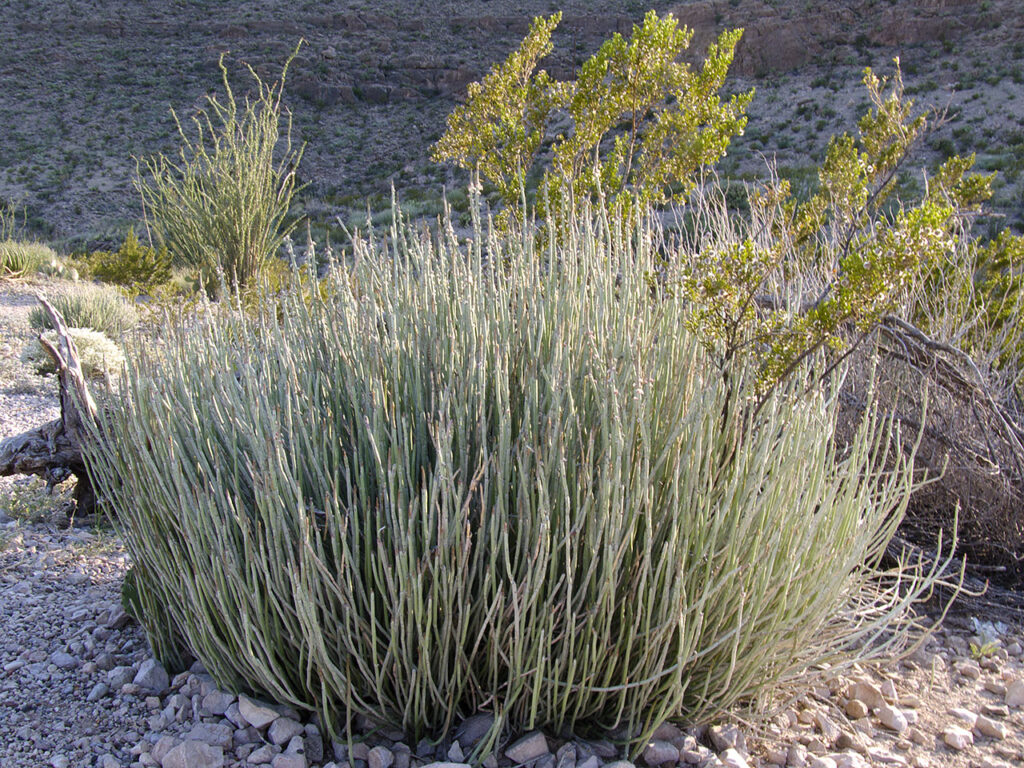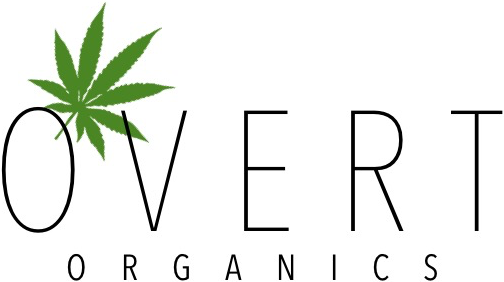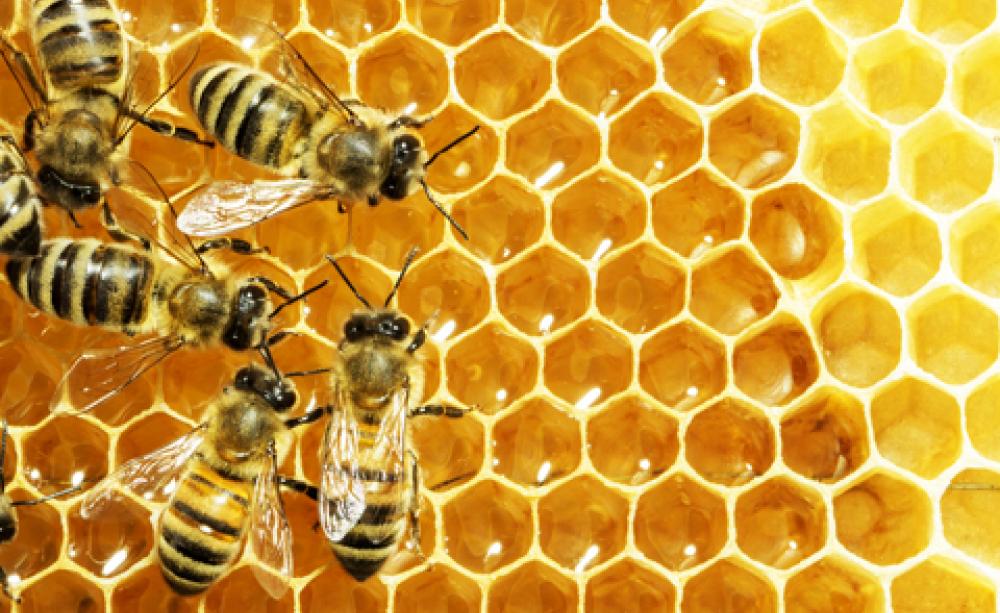Beeswax is used in so many products these days. Most commonly in lip balms but also in face and body moisturizer, hand salves, and hair products. It’s even used as wax for sealing and packaging. Though the desire for natural and organic products is good, the over use of animal products is concerning when the animal is seeing troubling times itself.
Unfortunately, bees have been dying off at alarming rates for some time now. Bees are a vital source to our ecosystem. They are plant pollinators. Bees support the growth of plants and contribute to plant diversity—and diversity is good. Also, we can’t live without plants.
How?
Bees draw nectar from flowers. A honeybee colony can pollinate over 300 million flowers a day, according to Greenpeace research. They store the nectar in one of their two stomachs, draw the nectar back up when home in their hive, chew it up to break down the enzymes, then spit the liquid into the combs of their hive, creating honey. They store honey for emergencies like droughts and, of course, for their young. They cap it closed with beeswax.
Bees must consume six or more pounds of honey to create one pound of beeswax. They convert the sugar contents of the honey into wax, which oozes out of their tiny pores producing flakes of wax on their abdomens. They then chew these pieces until soft and moldable for honeycomb construction. And their lifespan is only about 40 days!
The importance these little insects pose to our ecosystem is undeniable and bees of all varieties are struggling to survive. Due to loss of their wild habitat from development and habitats that are poisoned by pesticides and GMO’s for agriculture, we desperately need now more than ever, all types of pollinators.
They are currently suffering from colony collapse disorder and according to Greenpeace, bees native and domestic perform 80% of pollination around the world. They’re vital to agriculture as 70 out of the top 100 human crops are pollinated by bees.
While the process of removing honey and wax may not harm bees, it is still exploitation of their production and is not considered to be along vegan standards. Beeswax and honey are animal byproducts. Hard vegans acknowledge in an article by VegFamily that, although the bees are not killed in the gathering of their useful materials, it is not reason enough to justify taking the product of their labor without consent.
Difference between vegan and cruelty-free
Being cruelty-free is different from being vegan. Cruelty-free means that the products and its ingredients were not tested on animals. Though US law does not require animal testing, many companies continue to pay for animal testing so they can sell their products in China (where animal testing for products is still required by law). Conscious consumers can look for the cruelty-free label to support products that do not test on animals. But being cruelty-free is not the same as being vegan and vice versa.
We care about animals, not killing and not exploiting them in any way.
Why are we still using bees?
Beeswax is used in cosmetics to act as a protective seal. It gives products their structure and serves up a smooth application. Beeswax seals in moisture and has anti-inflammatory and anti-bacterial properties. BUT there are many plant-based alternatives that we can use instead of beeswax that preform these same things, if not better! Personally, I find that beeswax dries out quicker then some alternative materials.
Overt Organics offers products that don’t use beeswax. They’re all vegan! Instead, they use Candelilla wax. Candelilla wax is a wax derived from the leaves of the Candelilla shrub native to Mexico and the southwest US. This wax is similar to beeswax because it also locks in moisture, has a similar texture to beeswax, and leaves a smooth finish but the best part is, it’s plant-derived and local.

So why are we exploiting these little creatures when we don’t need to? Bees are essential to our ecosystem and livelihood. We don’t need to exploit any animal for a shinier lip. Some other ways to help the bees are to plant native wildflowers, buy organic, and use products without animal by-products.
CONTRIBUTED BY FIONA PITT


Recent Comments